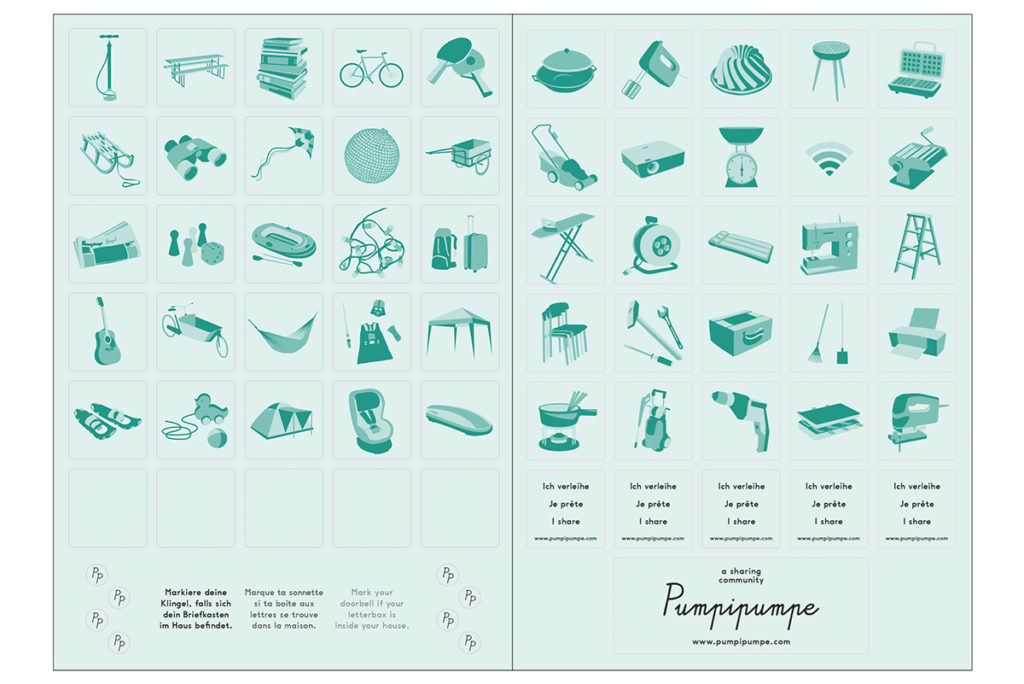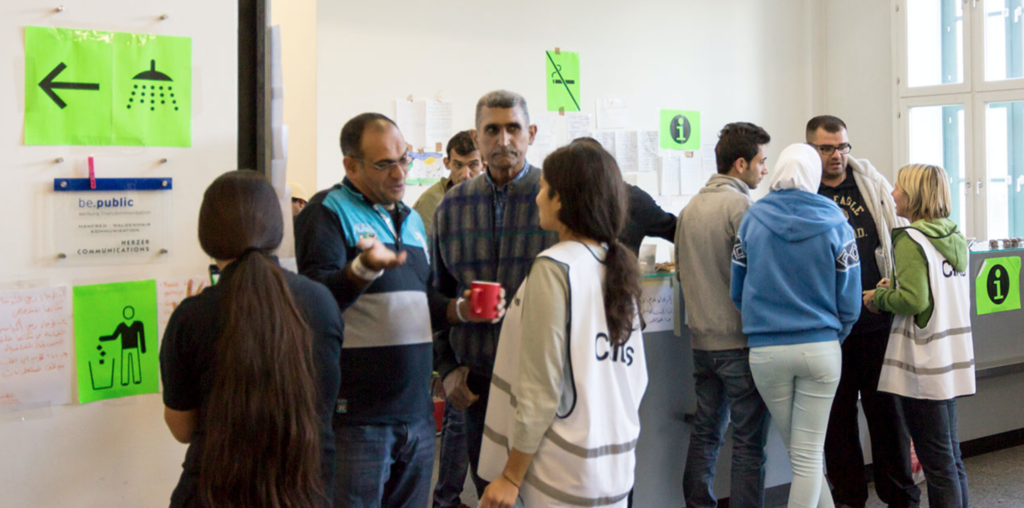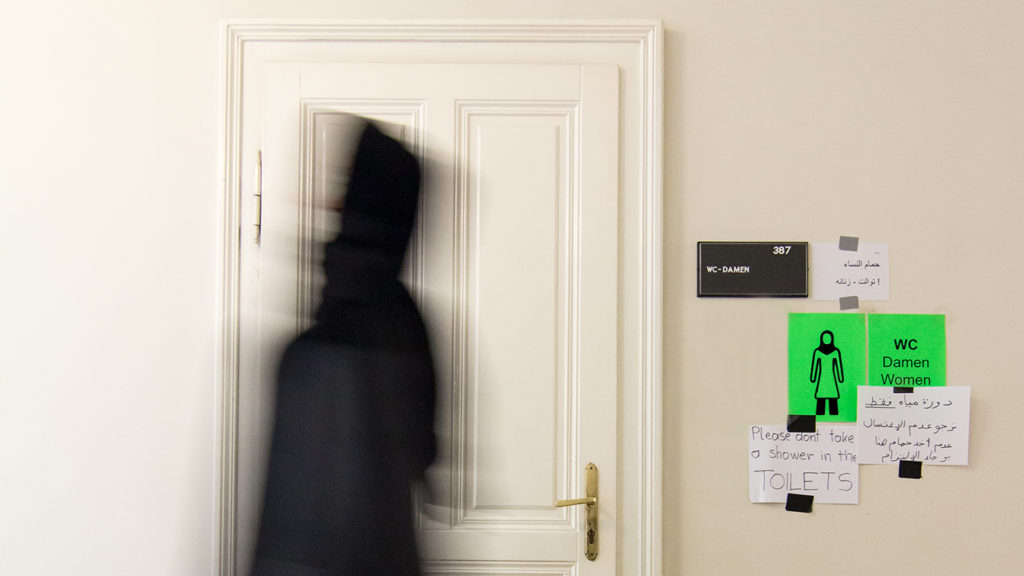On November 9, 2020, I had a conversation with Sigrid Bürstmayr about design activism. She works and teaches at FH JOANNEUM. Her professional interests and skills include product management, exhibition design, sustainable design and design activism. Sigrid believes that design should be able to shape whole environments and processes, ways of thinking and acting. Designers should try to change the society and the world for the better, at least a little bit.
The following are the main points of our conversation.
Emotionality and media design as a cross-sectional discipline
In design activism, media design can be seen as a kind of cross-sectional discipline. Through media one has the opportunity to explain and disseminate other disciplines and the ideas behind their design activist context. A well-implemented media design achieves an emotional effect, for example through graphic implementations that clearly and understandably present the problems of the topic. This emotionality can be implemented even better into videos. Interviews, which are well conducted, with interview partners who bring their topic strongly to the outside world, are a powerful tool to draw attention to design activist contexts and their goals in a broad audience.
Below are a few illustrative examples:

This picture shows us that the Christmas season has turned from a quiet, harmonious time into a time of overconsumption. It wants to show that one should focus more on the emotional value of the Christmas season and not on the material goods.
Pumpipumpe want to encourage a sharing community by creating stickers you can pick on you letterbox, so your neighbours know, what they can borrow from you.
buero bauer asked the question: What can designers concretely contribute to improving the situation of refugees?
They developed a language-independent, understandable, icon-based communication system for first-time accommodation. It shows the most important information clearly and deals with ethnic characteristics subtly but efficiently.

buero balanka wants to show with their “socks with attitude” that it is important to show political attitude. In particular, they want to say that politically right ideas must be opposed. The text and concept office draws attention to this topic with a certain wit and charm, which creates an emotional value.

einhorn is a community and a team that has a stake in society, culture, politics, and the economy. We believe that being fairstainable involves a mutual dialogue between all involved. They are a start up and want to combine design with Fairstainability (fair & sustainable). They believe in using the business power to do good and all that in a sexy design.
With visually playful design and texts they encounter taboo topics such as period or sex in a fun way. On their website you have more the feeling of buying toys than products for your period.
Emotionality through interactivity
However, the greatest emotional impact is achieved through interactive experiences that appeal to the senses of the recipient. I would like to cite the example of “The Fun Theory 1 – Piano Staircase Initiative” from Volkswagen.
Volkswagen has been thinking about how to change people’s behavior in a positive way and what factor is needed to do this. With a simple element, they succeeded in getting 66% of people in a subway station to take the stairs instead of the elevator or escalator. For this experiential marketing example, the Volkswagen team cleverly created “piano” stairs in a subway stop in Germany, right next to the escalator. This led commuters to choose the stairs, playing their own tunes as they went up and down each step. Volkswagen added the element of fun.
People could see the Piano Stairs, they could hear them, they could feel them through their own movement – jumping up and down to create a melody. An interactive action that connects the car brand with a simple human emotion: fun.
When a company is able to associate their brand with an emotion as pure as fun, they’ve already won over the customer. In this way, even as a designer, you can inspire people for topics that affect us all. This example shows that gamification plays an important role here, as it provides an incentive for people to actively participate in something.
Furthermore, as a consumer you have a lot of power yourself, which means you can do a lot as an individual. Through social media, you are no longer just a receiver of content, you are also the sender. It is up to each individual to consciously shape his or her own lifestyle and pay attention to sustainability. Too often, the general opinion still prevails that you don’t achieve enough as an individual. However, the more people consciously pay attention to something and participate in a movement, the more effective it is.







